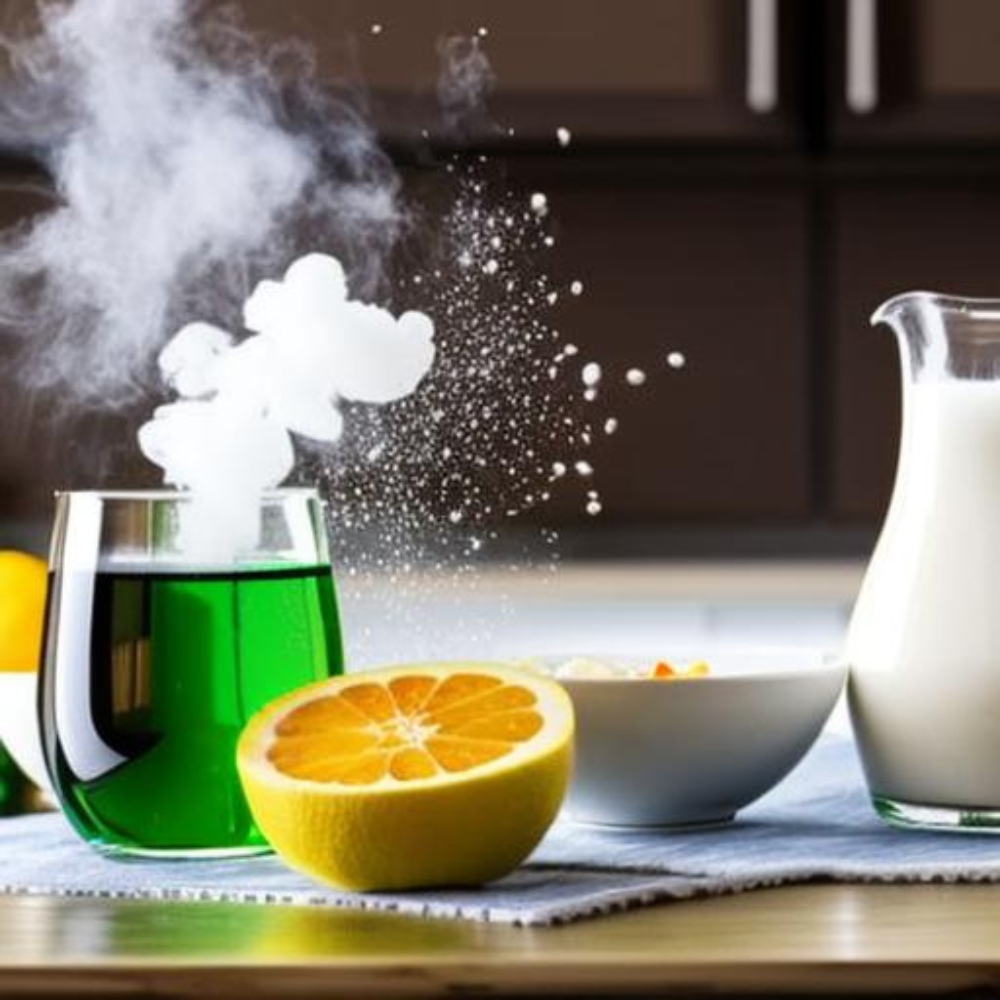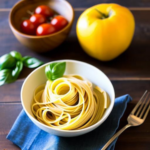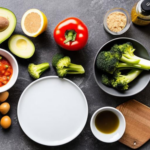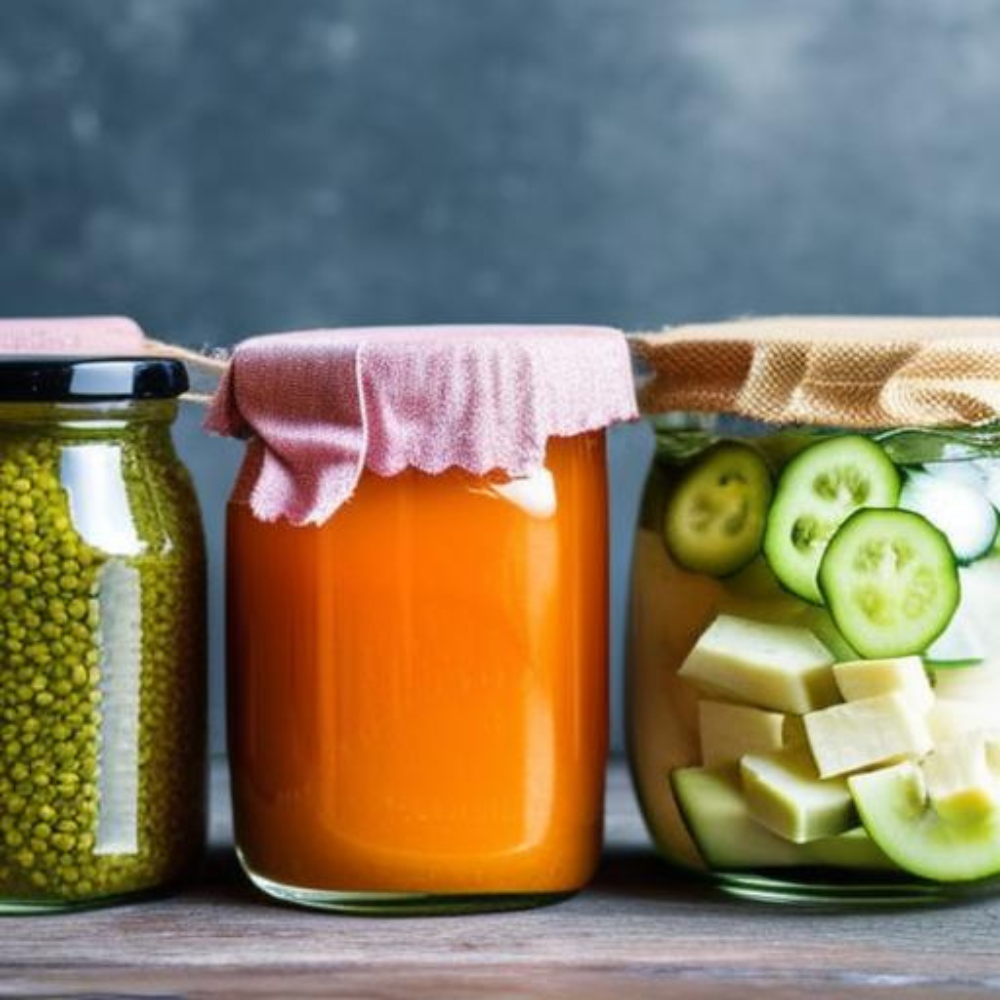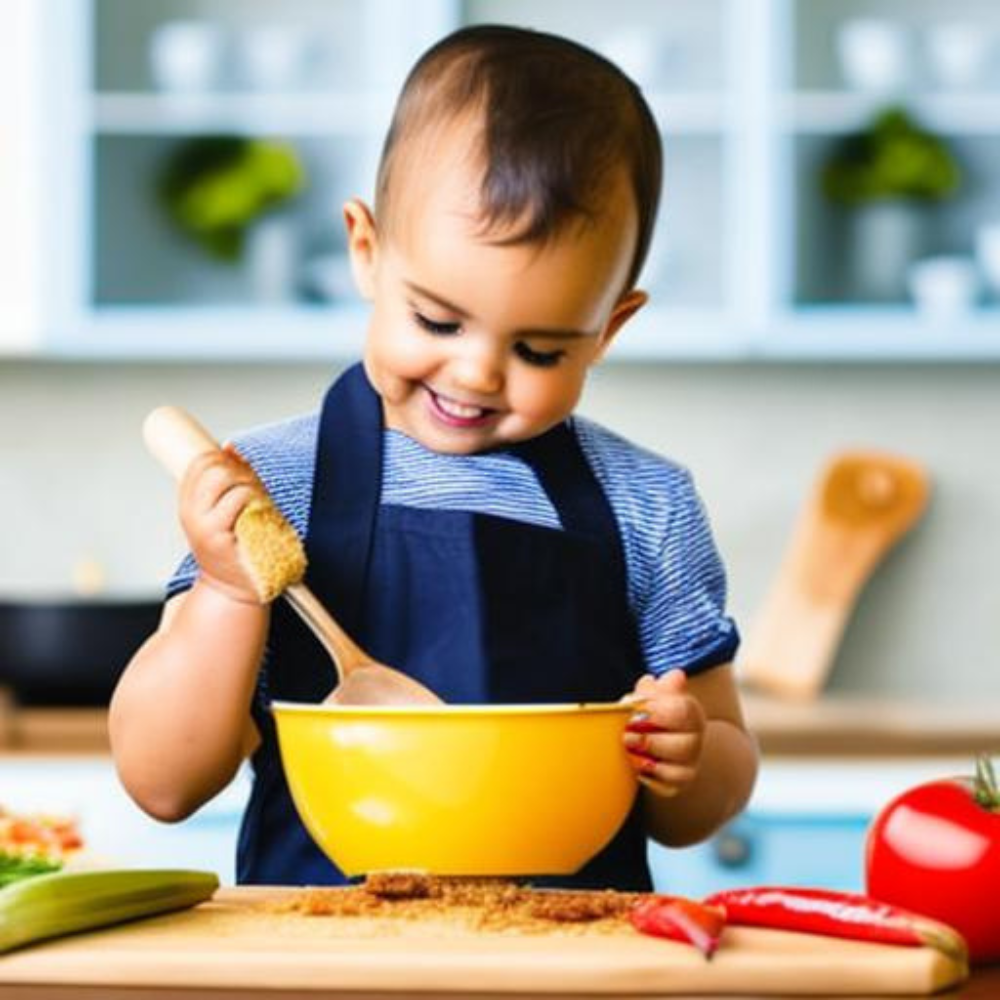Cooking is an art form that has been practiced for thousands of years, but it is also a science. Understanding the chemical reactions that occur in the kitchen can help you become a better cook and create more delicious and consistent dishes. In this article, we will explore the science of cooking and the chemical reactions that take place in the kitchen.
Heat and Energy Transfer
Heat is a critical component of cooking, as it is responsible for transferring energy to food and creating the chemical reactions that produce flavor, texture, and color. When heat is applied to food, several changes occur. First, the food’s temperature rises, causing the molecules to move more quickly and collide with each other. As a result, chemical bonds break, and new bonds form, leading to the creation of new compounds and the breakdown of others.
One example of this process is caramelization, which occurs when sugar molecules are heated to high temperatures. As the sugar heats up, it breaks down into simpler compounds, producing a brown color and a sweet, nutty flavor. Similarly, Maillard browning occurs when proteins and carbohydrates are heated together, resulting in the formation of new flavor compounds.
Acids and Bases
Acids and bases are crucial components of cooking, as they play a significant role in determining the flavor and texture of food. Acids, such as vinegar and citrus juice, can enhance flavors and tenderize meat by breaking down protein molecules. Bases, such as baking soda and baking powder, can be used to leaven baked goods by releasing carbon dioxide gas.
One of the most well-known examples of the use of acids in cooking is ceviche, a South American dish made from raw fish that is “cooked” in lime juice. The acid in the lime juice denatures the protein in the fish, making it firm and opaque. Similarly, the use of baking soda in chocolate chip cookies helps them to rise and become fluffy, while also producing a slightly different texture and flavor.
Emulsions
Emulsions are mixtures of two or more liquids that do not typically mix, such as oil and vinegar. They are essential in cooking, as they can be used to create creamy sauces, vinaigrettes, and dressings. Emulsions are formed when two immiscible liquids are combined and stabilized by an emulsifying agent, such as egg yolk or mustard.
One example of an emulsion in cooking is mayonnaise, which is made by combining egg yolks, mustard, vinegar, and oil. The egg yolk acts as an emulsifying agent, stabilizing the oil and vinegar mixture and creating a thick, creamy sauce.
Conclusion
Cooking is a fascinating blend of art and science. By understanding the chemical reactions that occur in the kitchen, you can become a better cook and create more delicious and consistent dishes. From heat transfer to acid-base reactions to emulsions, the science of cooking offers a wealth of knowledge for anyone interested in exploring the culinary world. So the next time you’re in the kitchen, remember that there’s more going on than just following a recipe – you’re also creating a complex network of chemical reactions that will produce the food you love.

